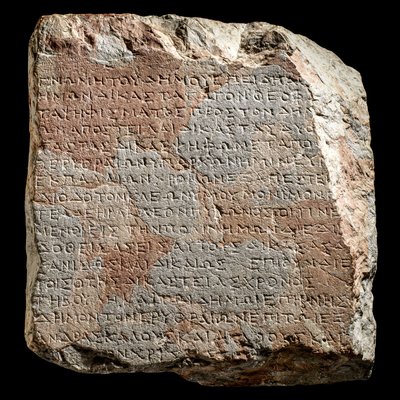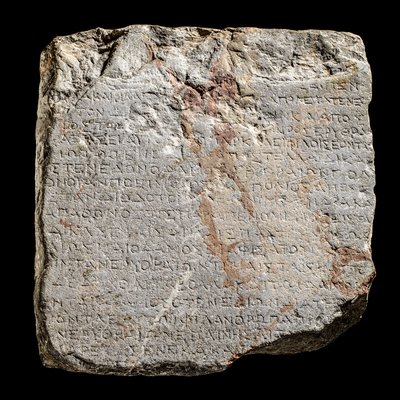Dr Georgy Kantor part of team investigating history of 2nd century BC stele
Measuring 16.5x16in (42x41cm), the Greek stele dates from
the first half of the second century BC. It is originally from Erythrae, a
Greek city in Asia Minor, and is inscribed with two decrees of the city in
honour of outstanding judges specially invited from elsewhere in the Greek
world. It was discovered by the German archaeologist Friedrich Pauli between
1852 and 1857.
The stele was given by an English diplomat living in Munich to a German scholar and his English wife when they married in 1958. The stele came from the diplomat’s own house, which a Nazi officer had lived in during the war, and after making enquiries with the German authorities the diplomat was informed that the state had no claim to the stele. The couple returned to England in the 1980s, bringing the stele with them, but felt that it should one day be displayed in a museum.
Discussions with Dr Kantor and the antiquities dealers led to the artefact being traced back to a museum in Munich in the late 19th century, the Royal Antiquarium, which legally obtained the stele in 1866. The museum, now incorporated in the Staatliche Antikensammlungen und Glyptothek, holds Bavaria’s collections of Roman and Greek sculptures.
The widow who received the stele has now returned the artefact to the museum, where it will be on display following its reopening in 2020. Dr Kantor was able to produce a new text of the inscriptions (not examined by scholars since 1909), and will be presenting it in Oxford later this year.

